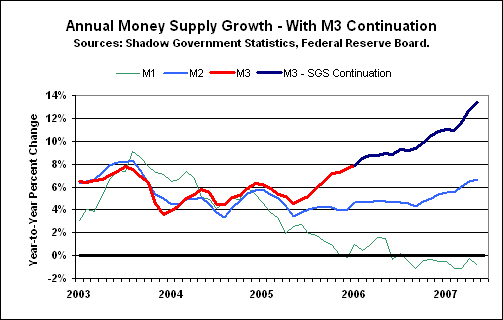In just the past few years, the markets have been tested by turmoil in the automobile sector, rising global interest rates, a weakening dollar and the housing slowdown. They quickly bounced back after brief spasms of risk-aversion in every case. The last bout of jitters was just this past February, when problems in the subprime mortgage sector sparked brief selling.
Ample amounts of cash in the hands of investors -- something investment pros call liquidity -- and a growing confidence in the market's resilience, have helped them to overcome worries. But some investors wonder if this case could be different.
"The fear is that this Bear situation is the tip of the iceberg and it could lead to other funds being liquidated," said Todd Clark, director of stock trading at Nollenberger Capital Partners Inc. in San Francisco.
This article makes a very good point. The US financial markets have the ability to withstand big financial strains. One the article does not mention is the housing slowdown of the last year. The market's have more or less ignored that one completely outside of housing stocks.
As for money supply, there's still a ton of liquidity out there. Here's a chart of the YOY change in M2 minus small time deposits from the St. Louis Fed. Notice how this indicator started to increase about the same time market's started to rally.

Here's a chart of M3 from Shadow Stats.

Short version, there's a ton of money out there chasing the market.